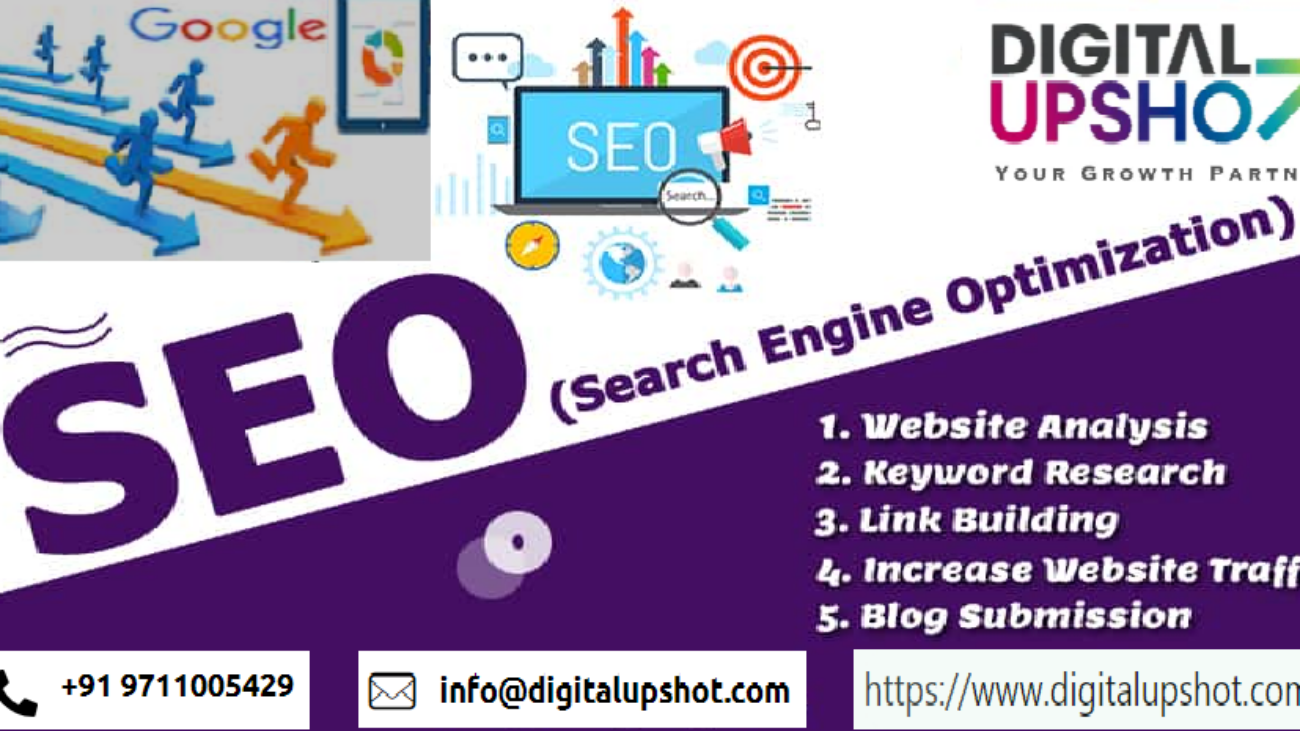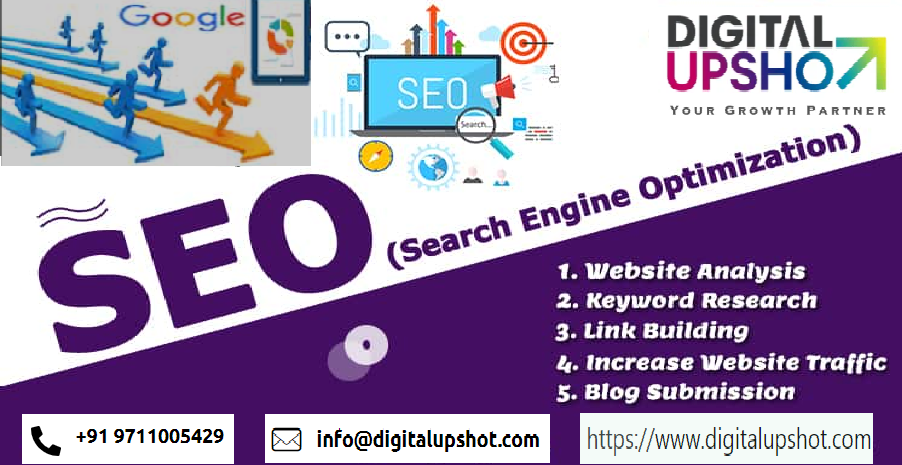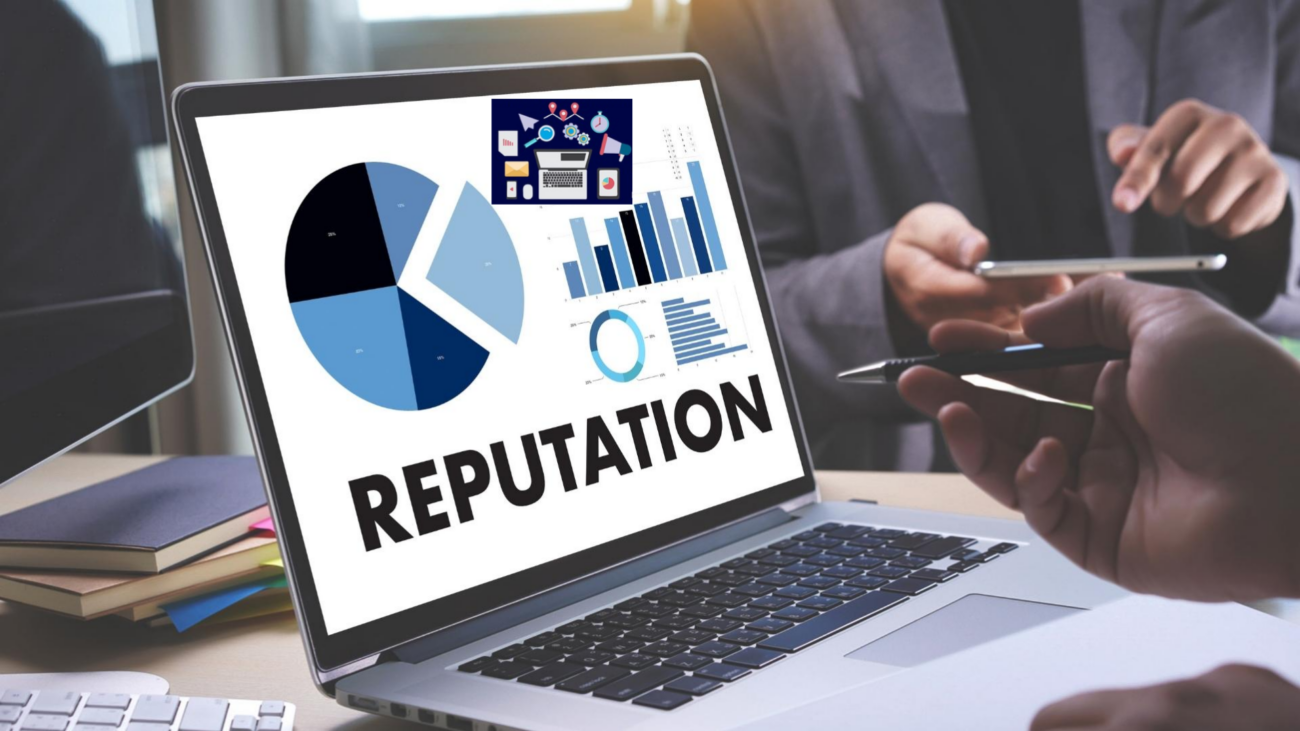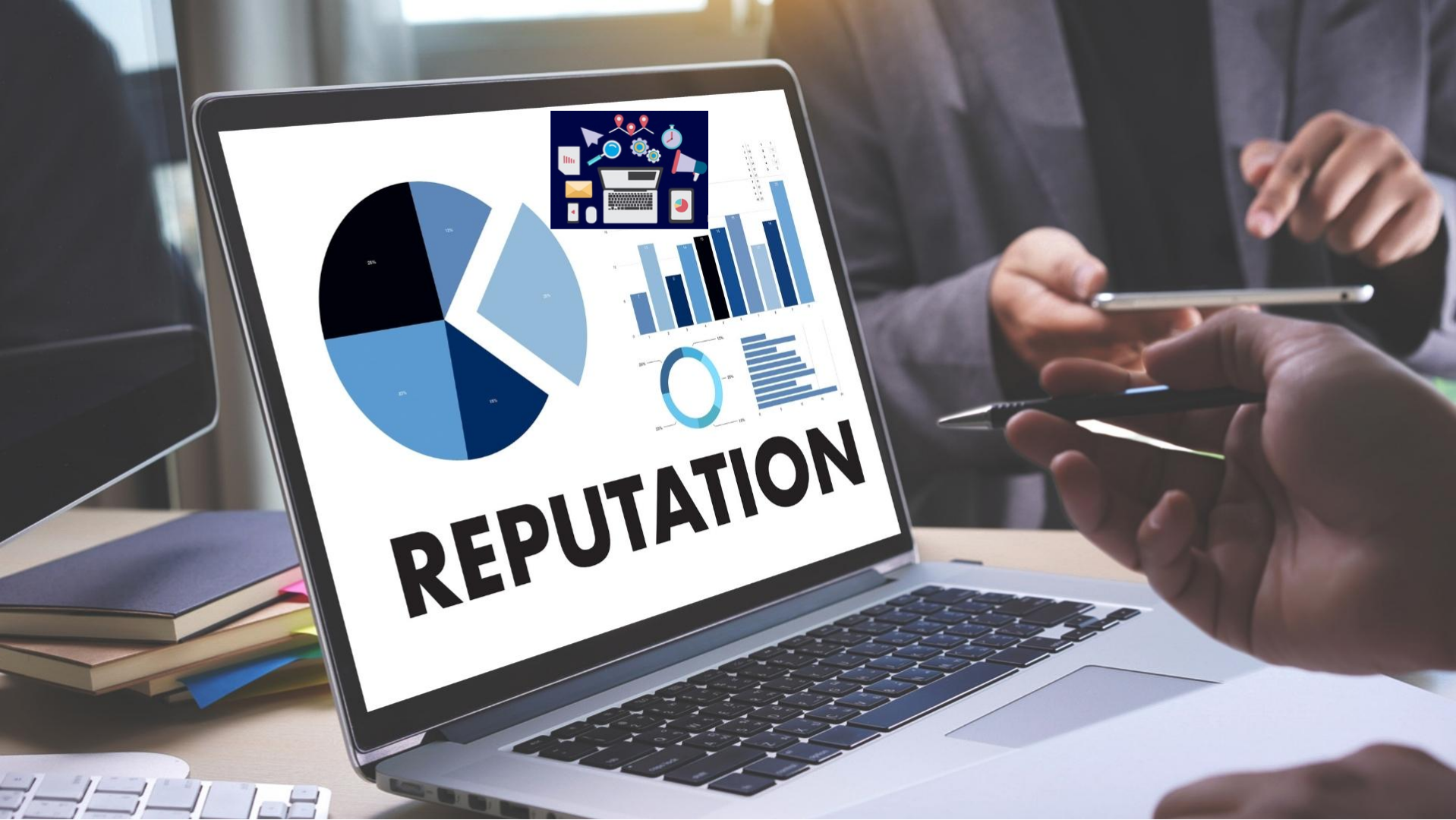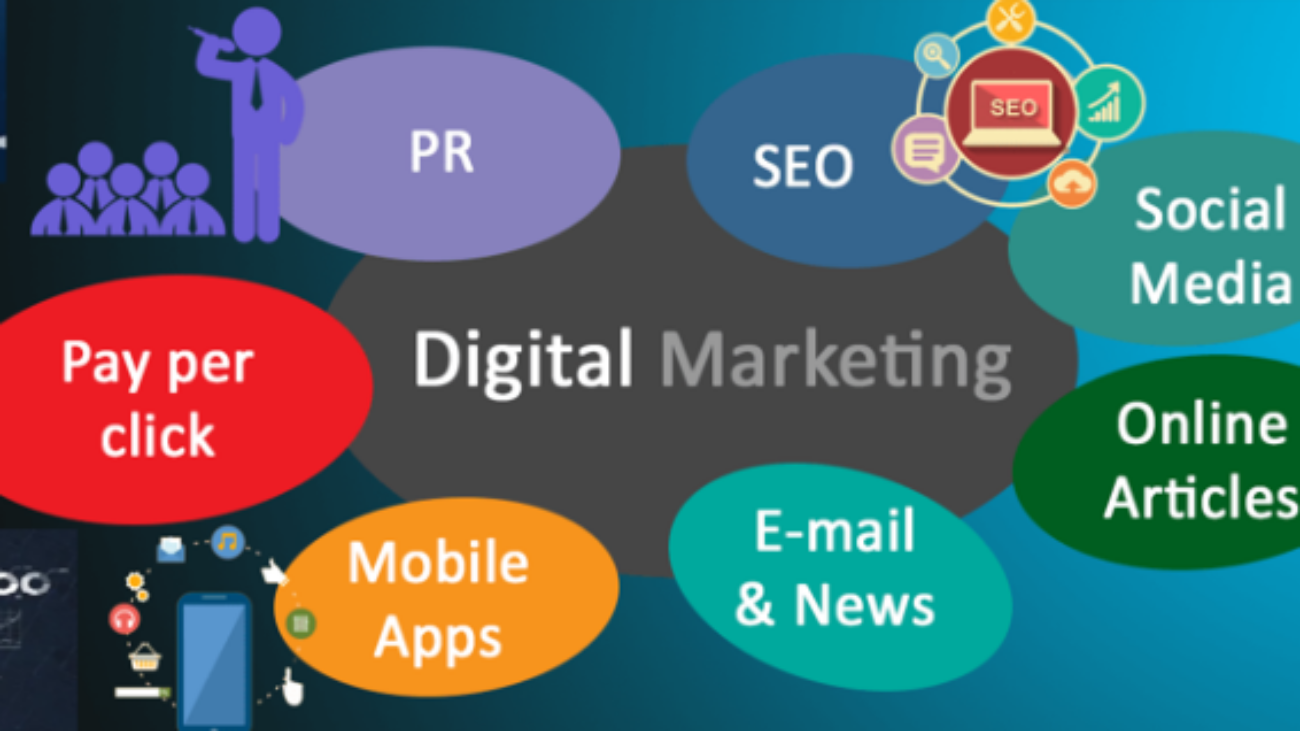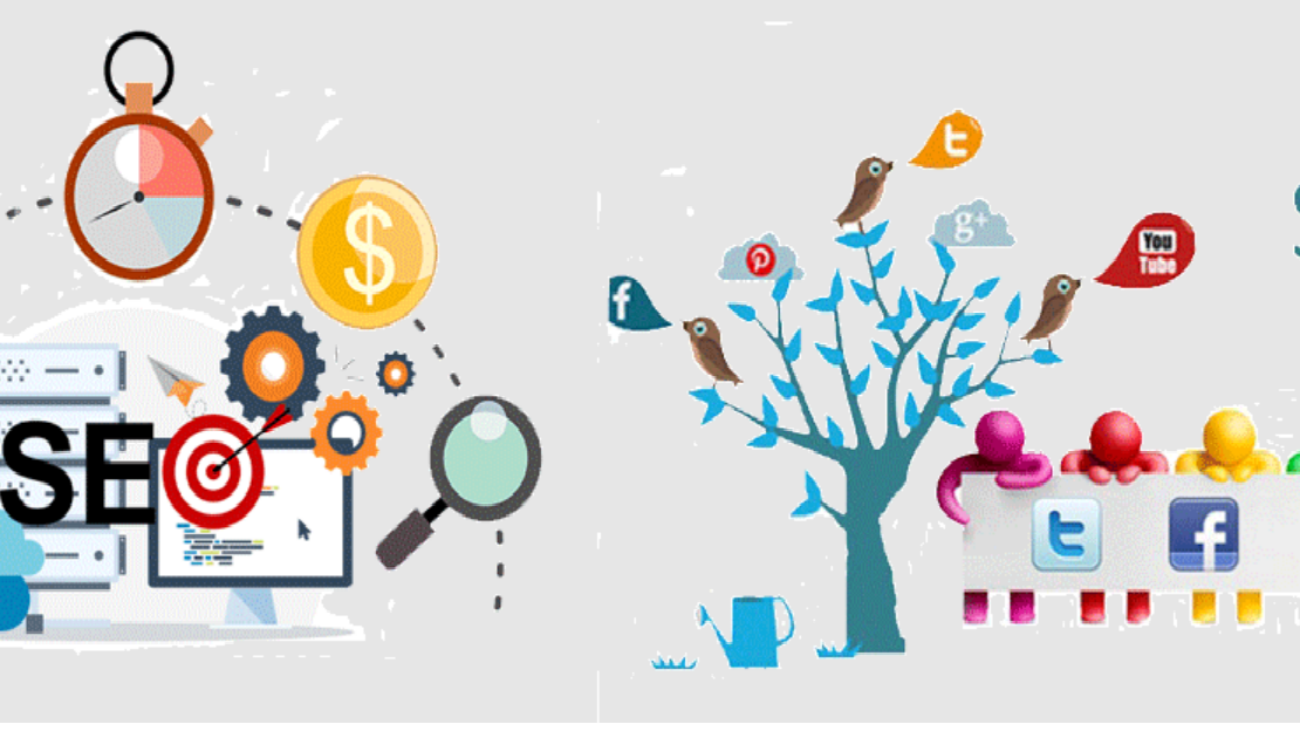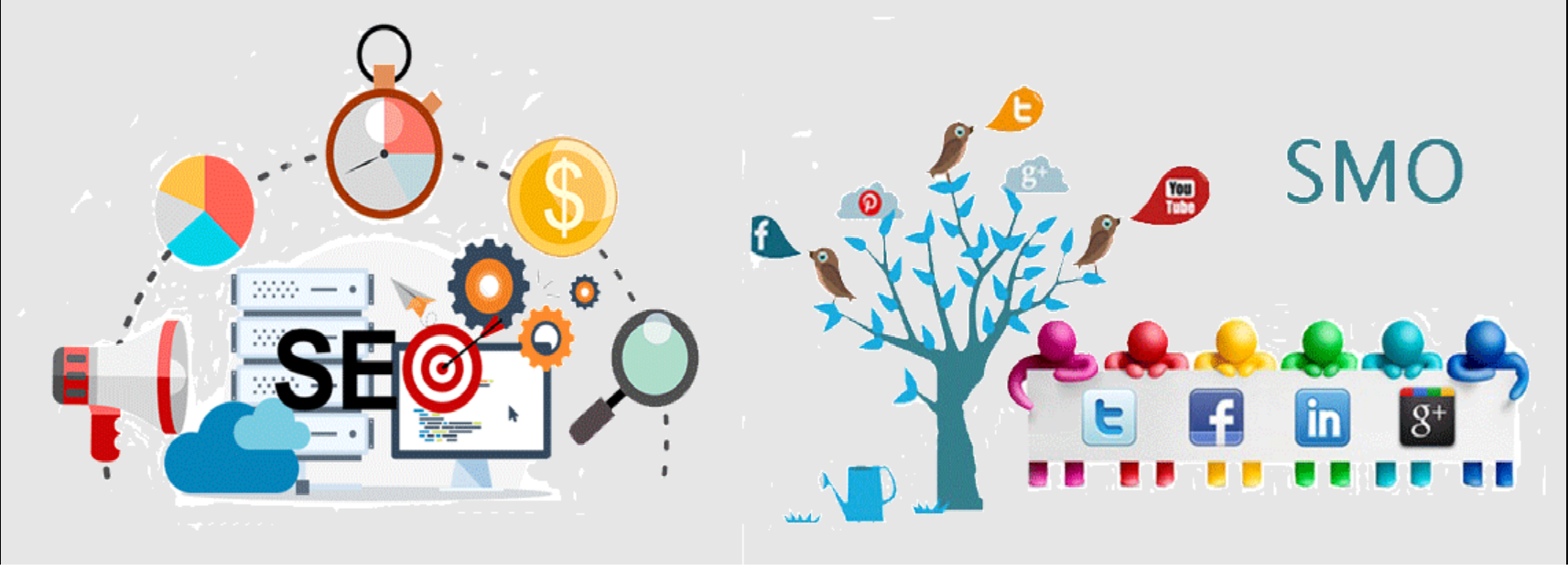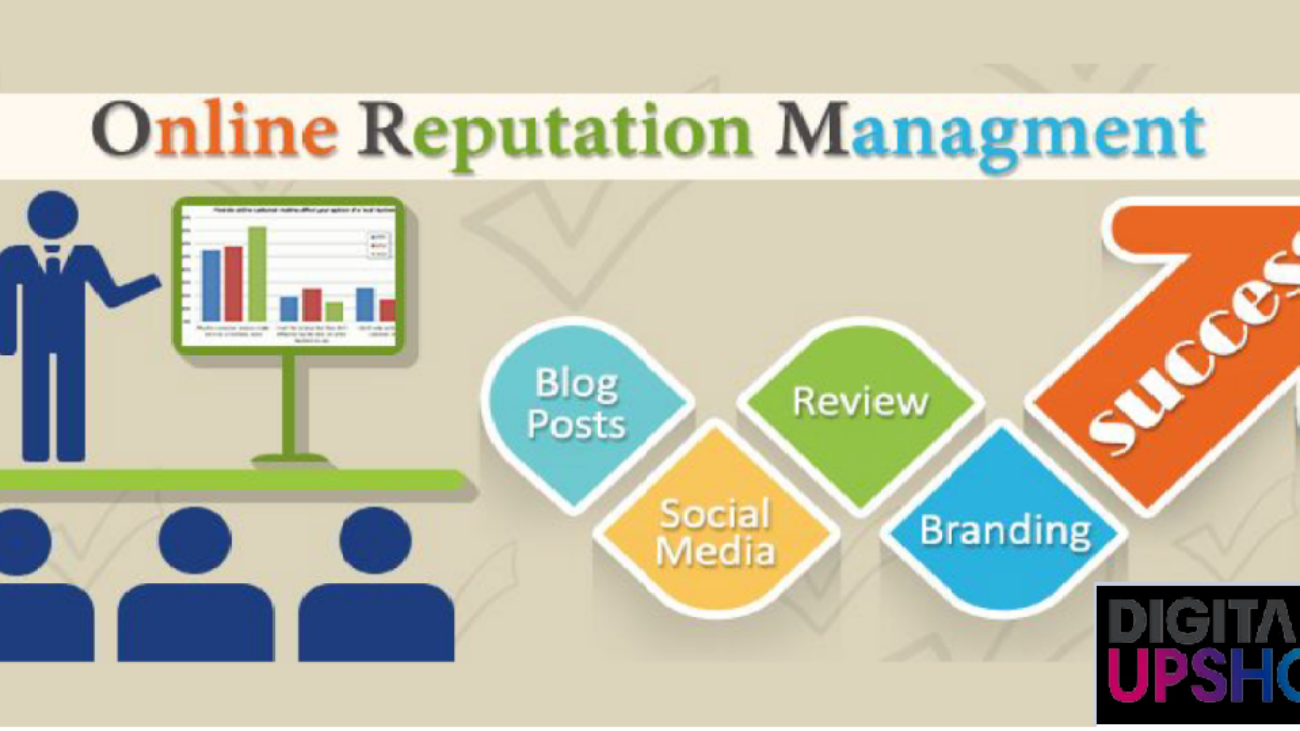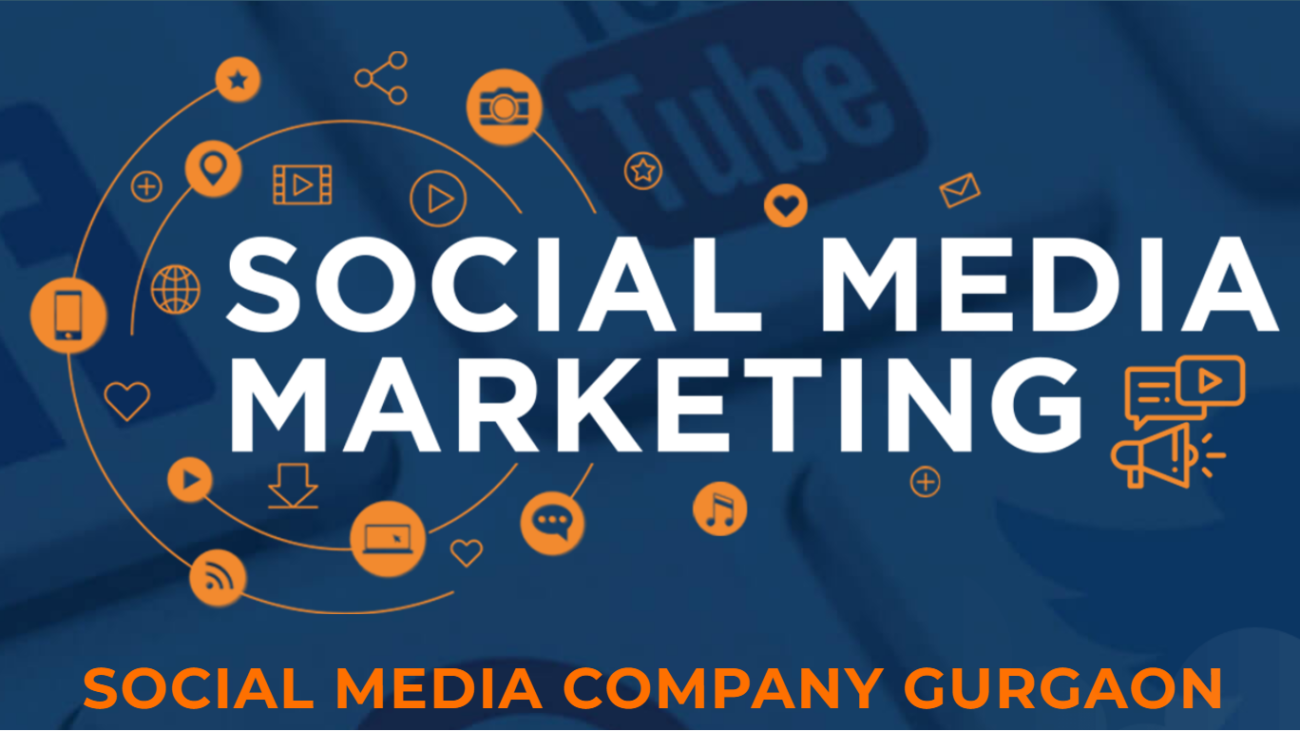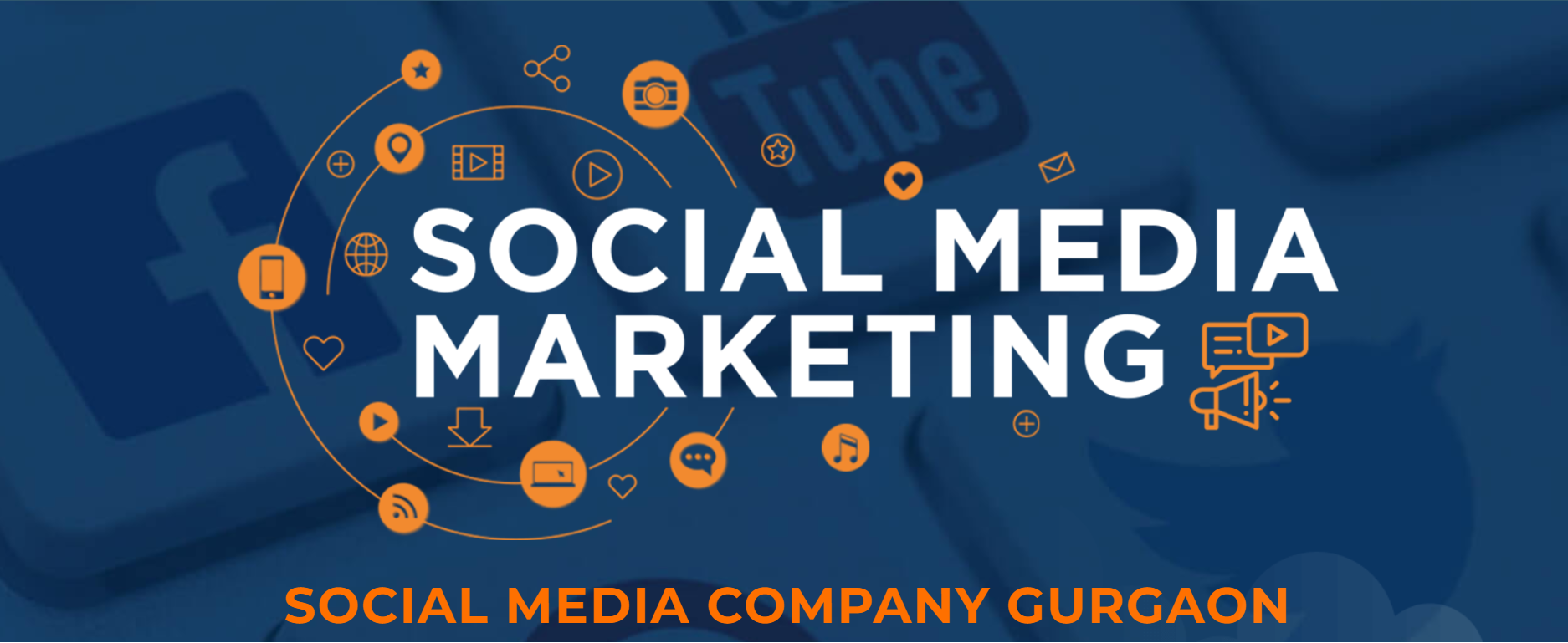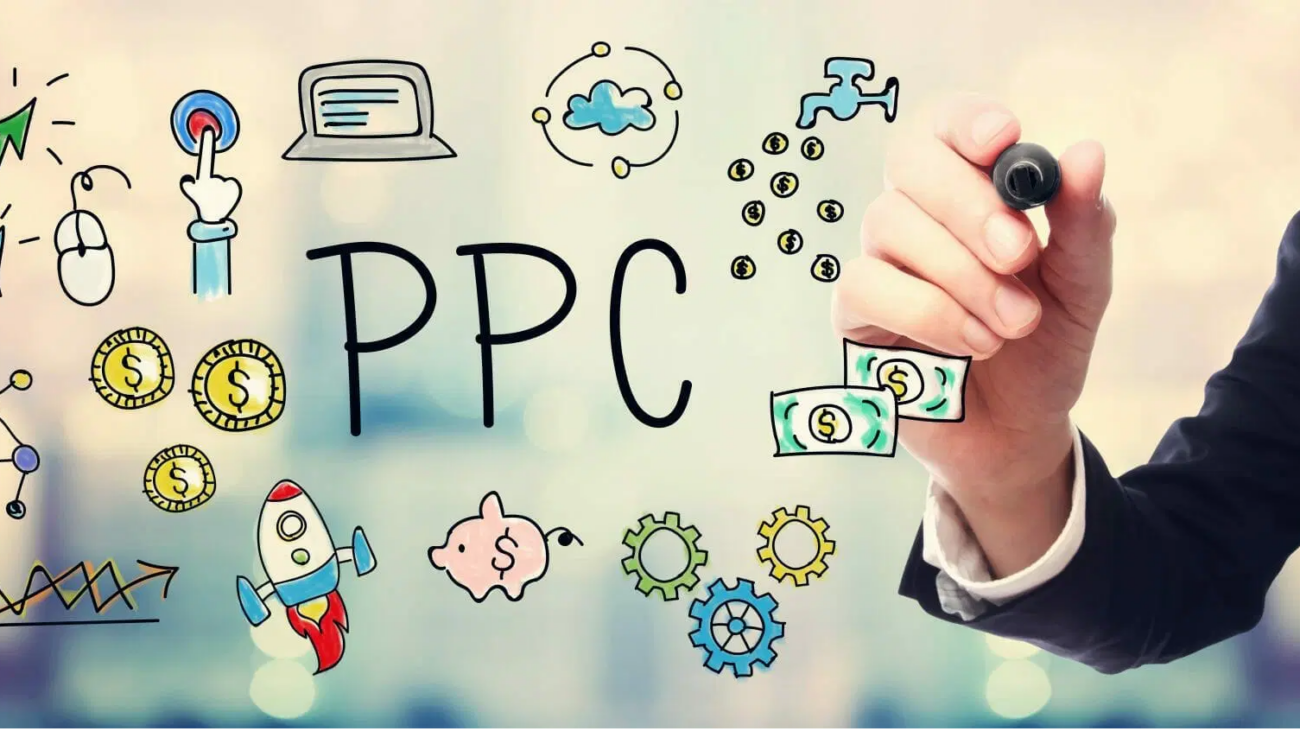Top PPC Company in Gurgaon: Elevate Your Digital Marketing Strategy

In the bustling digital landscape, Pay-Per-Click (PPC) advertising stands as one of the most effective strategies for driving targeted traffic to your website, increasing conversions, and boosting sales. Gurgaon, known for its rapid industrial growth and technological advancement, is home to numerous PPC companies. However, selecting the top PPC company in Gurgaon requires understanding of what these companies offer and how they stand out in the competitive market. This blog will guide you through choosing a top PPC company in Gurgaon, delving into their strategies, services, and how they can transform your digital marketing efforts.
Understanding PPC and Its Importance in Digital Marketing
PPC is a model of internet marketing in which advertisers pay a fee each time one of their ads is clicked. Essentially, it’s a way of buying visits to your site, rather than attempting to “earn” those visits organically. Search engine advertising is one of the most popular forms of PPC, allowing advertisers to bid for ad placement in a search engine’s sponsored links when someone searches on a keyword that is related to their business offering.
The rapid growth of digital platforms has made PPC an essential component of successful online marketing campaigns. It offers an immediate competitive edge by presenting your services or products to the right audience at the right time.
Why Gurgaon?
Gurgaon, now officially known as Gurugram, has evolved into a tech hub, hosting an array of MNCs, startups, and traditional companies transforming into digital entities. This city’s dynamic corporate environment makes it a fertile ground for digital marketing strategies like PPC to thrive.
Choosing the Top PPC Company in Gurgaon
When looking for the best PPC company in Gurgaon, consider the following factors:
- Experience and Expertise: The best PPC companies possess a deep understanding of ad platforms like Google Ads and Bing Ads. Experience across various industries can be a significant advantage.
- Track Record and Case Studies: Top companies will transparently share their success stories and client testimonials. Look for detailed case studies that demonstrate a clear ROI.
- Advanced Tools and Technology: The use of sophisticated tools for keyword research, bid management, and analytics is crucial. These tools help in refining strategies and improving ad performance.
- Strategic Approach: The top PPC agencies in Gurgaon will approach your campaigns with a custom strategy tailored to your business goals and market conditions.
- Transparency and Reporting: Regular and detailed reporting on your campaign’s performance is essential. A company that values transparency will help you understand where your ad spend is going, and what results you are getting.
Top PPC Companies in Gurgaon
Here is an overview of some top PPC companies based in Gurgaon that have made a significant impact in the digital marketing sphere.
1. Digital TechnoLabs
Digital TechnoLabs offers comprehensive PPC services that include market analysis, PPC audit, campaign strategy, and ongoing optimization. They are known for their data-driven approach and have helped both startups and established brands in achieving substantial growth.
2. AdSquad
With a keen focus on customization and performance, AdSquad works closely with its clients to create highly targeted ads that convert. They specialize in Google Ads and programmatic advertising, offering scalable solutions to businesses of all sizes.
3. Clicks and Leads
Clicks and Leads excels in creating integrated strategies that combine PPC with other digital marketing forms to maximize the visibility and effectiveness of your marketing spend. Their strategic approach is often holistic, ensuring that PPC campaigns are well-integrated with SEO and social media efforts.
4. MarketMovers
Known for their innovative approaches and continuous optimization, MarketMovers offers services that cover a wide range of industries including ecommerce, technology, and real estate. They use real-time data to adjust bids, refine keywords, and optimize ad copy.
5. ProAdfirm
ProAdfirm stands out for its robust analytics and continuous improvement methodology. They focus heavily on conversion rate optimization, ensuring that not only does your traffic increase, but your conversion rates improve as well.
Key PPC Trends and Innovations
Staying ahead in PPC requires keeping up with the latest trends and technological advancements. Some of the current trends include:
- Artificial Intelligence (AI) and Machine Learning: These technologies are increasingly used to predict click-through rates and optimize ad performance.
- Voice Search: With the rise of digital assistants, PPC for voice search has become a new frontier.
- Visual Search: Platforms like Pinterest and Google are enhancing their visual search capabilities, which opens new avenues for PPC ads.
- Integration with Other Marketing Channels: PPC is becoming more integrated with other channels, particularly SEO and social media, for a more holistic marketing approach.
Evaluating PPC Campaign Success: What to Expect from a Top PPC Company
When working with a top PPC company in Gurgaon, it’s important to have clear expectations about what constitutes success in your PPC campaigns. Here are the key metrics and outcomes you should expect your chosen agency to focus on:
Conversion Rates and ROI
The primary indicator of a successful PPC campaign is an improved conversion rate, leading to a higher return on investment (ROI). A proficient PPC company will not just aim to increase traffic to your website but will focus on converting that traffic into leads and sales.
Quality of Traffic
Increasing traffic is beneficial, but the quality of that traffic is paramount. A top PPC company will aim to attract highly targeted visitors who are likely to be interested in your products or services. This is achieved by optimizing keyword selection and ad copy, refining targeting strategies, and using data-driven insights to reach potential customers who have high conversion potential.
Cost Per Conversion
While PPC is known for being cost-effective, it is crucial to monitor the cost per conversion. This metric helps you understand how much you are paying for each conversion, helping you to gauge the financial efficiency of your campaigns. Top PPC companies in Gurgaon will continuously work to lower this cost while improving the quality of conversions.
Ad Copy and Creative Performance
Testing different ad copies and creative elements is a fundamental part of what a PPC agency should do. A/B testing, or split testing, allows you to compare different versions of your ads to see which performs best. This approach is essential for optimizing your campaigns and making informed decisions about how to best engage your audience.
Click-Through Rate (CTR)
The click-through rate of your PPC ads is a good indicator of how well your ads are resonating with your target audience. High CTRs often indicate that the ad content is relevant and appealing to those who see it. Your PPC agency should strive to continuously improve this metric, ensuring that your ads are compelling and targeted effectively.
The Role of Innovation and Continuous Learning
A top PPC company in Gurgaon will not only rely on tried-and-tested methods but will also embrace innovation and continuous learning. The digital marketing landscape is constantly evolving, and staying updated with the latest tools, trends, and algorithm changes is crucial. Here’s how the best PPC companies stay ahead:
Embracing New Technologies
Whether it’s AI for better prediction of ad performance, or the latest developments in programmatic advertising, leading PPC agencies invest in technology that can improve campaign outcomes.
Continuous Training
The best PPC professionals undergo continuous training to ensure they are up-to-date with the latest certifications and industry standards. This includes understanding the nuances of new features in platforms like Google Ads and Bing Ads, and how to best use them to benefit clients.
Experimenting with New Platforms
While Google Ads remains the giant in PPC, other platforms like Amazon Ads, LinkedIn Ads, and even TikTok Ads offer unique advantages, especially for certain types of businesses and demographics. A versatile PPC agency will test these platforms to see if they offer a competitive advantage for your specific business needs.
Working with a Top PPC Agency: Strategic Partnership
Choosing the best PPC company in Gurgaon should be viewed as entering into a strategic partnership. This means the relationship should be built on trust, mutual understanding, and shared goals. Here’s what a strategic partnership with a top PPC agency should look like:
Regular Communication
Expect regular updates and meetings with your PPC team. These interactions should provide insights into what is working, what isn’t, and how the campaign can be improved.
Customized Strategies
Your business is unique, and a cookie-cutter approach won’t give you the best results. A top PPC company will take the time to understand your market, competition, and business goals to craft personalized advertising strategies.
Long-Term Planning
PPC is not just a quick fix; it’s part of a broader, long-term marketing strategy. A top PPC agency will help you see the big picture and plan for sustainable growth through ongoing optimization and scaling.
Tailoring PPC Campaigns to Industry Specifics: A Key Competency
One of the hallmarks of a top PPC company in Gurgaon is its ability to tailor campaigns according to the specific needs and challenges of different industries. Whether it’s retail, real estate, technology, or healthcare, each sector has its unique audience, competition, and conversion metrics. Understanding these nuances is critical for creating effective PPC campaigns. Here’s how specialized knowledge in various industries can enhance your PPC efforts:
Retail and E-commerce
For retail and e-commerce businesses, PPC campaigns often focus on product listings and promotions. A skilled PPC company will optimize Google Shopping campaigns and manage seasonal ad variations to boost sales during peak shopping times. They might also use remarketing strategies to capture potential customers who didn’t make a purchase on their first visit.
B2B Technology
The buying cycle in B2B technology markets can be lengthy and complex. Here, PPC campaigns should aim at generating leads rather than direct sales. This involves creating content-rich ad strategies that position the company as a thought leader, using LinkedIn Ads to target specific industries, and carefully tracking lead quality and engagement through analytics.
Real Estate
Real estate PPC campaigns benefit from hyper-local targeting and the use of compelling visual content. Top PPC firms will use geo-targeted ads to attract potential buyers or tenants in specific locations. They also manage high-quality image ads and video tours to increase engagement and click-through rates.
Healthcare
In the healthcare industry, trust and compliance are paramount. PPC campaigns must not only be effective but also adhere to strict privacy regulations. A proficient PPC agency will manage these campaigns with a focus on informational content, patient testimonials, and services ads while ensuring all ads meet industry regulations.
Integrating PPC with Overall Marketing Strategies
A top-tier PPC company in Gurgaon doesn’t operate in isolation; it ensures that PPC strategies are integrated with other digital marketing tactics such as SEO, content marketing, and social media. This integrated approach amplifies the effectiveness of each channel and provides a cohesive user experience. Here’s how PPC can be effectively integrated:
SEO and PPC
Integrating SEO and PPC efforts can lead to a comprehensive understanding of keyword effectiveness, allowing for shared insights that benefit both channels. For example, keywords that perform well in PPC campaigns can be integrated into organic search optimization strategies.
Content Marketing
PPC can help to drive traffic to high-quality content, increasing engagement and building brand authority. Conversely, insights from content engagement metrics can inform more compelling ad copy and targeted offers in PPC campaigns.
Social Media
Leveraging social media ads along with more traditional PPC ads on search engines can enhance brand visibility across platforms. Additionally, retargeting strategies that use data from social interactions can increase conversion rates by reminding users of the products or services they viewed.
Choosing the Right PPC Agency in Gurgaon: Final Considerations
While technical expertise, industry experience, and integration capabilities are crucial, the final decision often comes down to the relationship between your company and the PPC agency. Here are a few final considerations:
Cultural Fit
The best PPC agency for your business will align with your company’s culture and values. This alignment helps ensure smooth communication and mutual understanding, fostering a productive long-term partnership.
Transparency and Flexibility
A top PPC agency should not only provide regular and detailed reports but also be transparent about the strategies employed and flexible enough to adapt to changing market conditions or business goals.
Scalability
As your business grows, your PPC strategy will need to evolve. Choosing an agency that can scale with your business is crucial to sustaining growth and adapting to new opportunities and challenges.
Conclusion
The top PPC companies in Gurgaon offer not only expertise in managing ads but also a strategic partnership to grow your business. By choosing a PPC agency that aligns with your business objectives and embraces the latest digital trends, you can ensure your PPC campaigns are effective, innovative, and continuously evolving. This includes a focus on metrics that matter, adoption of the latest digital trends, and a strategic partnership approach that aligns closely with your business goals.
In your search for a PPC partner in Gurgaon, consider these companies and the unique elements they bring to the table. With the right PPC strategy, you’re not just gaining clicks, but also creating meaningful engagement and driving business growth.


